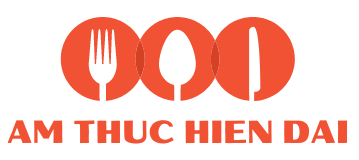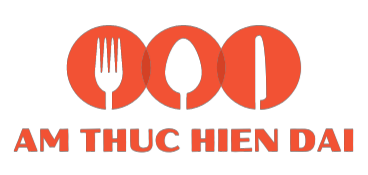The expulsion of the French, who introduced beer to Vietnam, and the subsequent victory over the Americans brought profound changes to the country’s economy and the daily lives of its people.
These economic shifts were not solely a result of war and its aftermath but were also driven by a communist doctrine advocating for the nationalization of the means of production.
For those less familiar with Vietnamese history, the transition from a “capitalist” to a “socialist” economy unfolded in two key phases:
- In the North: Following the 1954 Geneva Accord, the Democratic Republic of Vietnam (North Vietnam) began nationalizing much of its economy. Over time, an increasing share of resources was allocated to the escalating war against the South.
- Across the Reunified Country: After the Fall of Saigon in 1975, Vietnam was reunified under communist rule. The entire nation entered the Subsidy Period, characterized by a planned economy that allowed little room for private entrepreneurship and was further strained by an American embargo.
In our previous article, we explored the details of the nationalization process in both the North and the South.
In this article, we will focus on how these drastic economic reforms shaped the production and consumption of beer during the Subsidy Period, which lasted until the introduction of the Đổi Mới (Renovation) policy in 1986.
💡 An History Beer in Vietnam – The project
This is the fourth article in a series exploring the history of beer in Vietnam. The full list of articles can be found below:
- Part 1: The Early Days
- Part 2: Colonial Capitalism
- Part 3: The War for Independence and the Nationalizations
- Part 4 : Brewing in a Socialist Economy
- Part 5: Đổi Mới—The Golden Opportunity for Multinational Firms
If you think any key information is missing, feel free to share additional sources on this topic. I’m far from finished writing about beer in Vietnam!
1. The Birth of Habeco and Sabeco
This transition to a “socialist economy” did not mean that the population suddenly stopped enjoying beer. Beer consumption was already deeply ingrained in the habits of many Vietnamese.
In the North: Trúc Bạch Beer and Habeco
In Hanoi, the Democratic Republic of Vietnam did not wait for reunification to revive the Hommel Brewery, despite its abandonment and disrepair following the French departure.
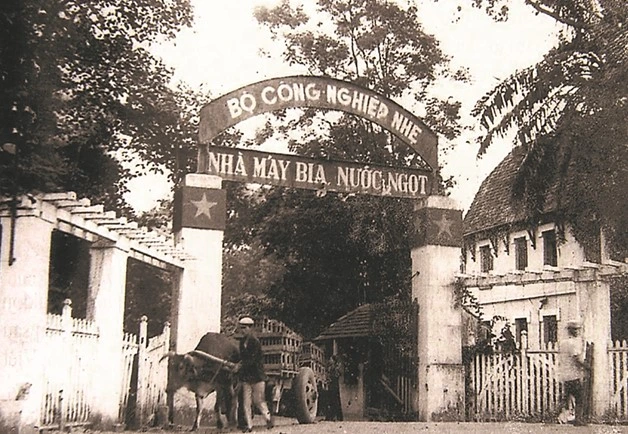
On August 15, 1957, a restoration committee was formed to begin rehabilitating the brewery with assistance from Czechoslovakian experts. On May 1, 1958, the first test batch of beer was successfully brewed by Mr. Vũ Văn Bộc, a former worker at the Hommel Brewery.
A few months later, on August 15, 1958, the brewery renamed Nhà máy Bia Hà Nội produced its first commercial bottle of beer under the Trúc Bạch brand, which is still available today.
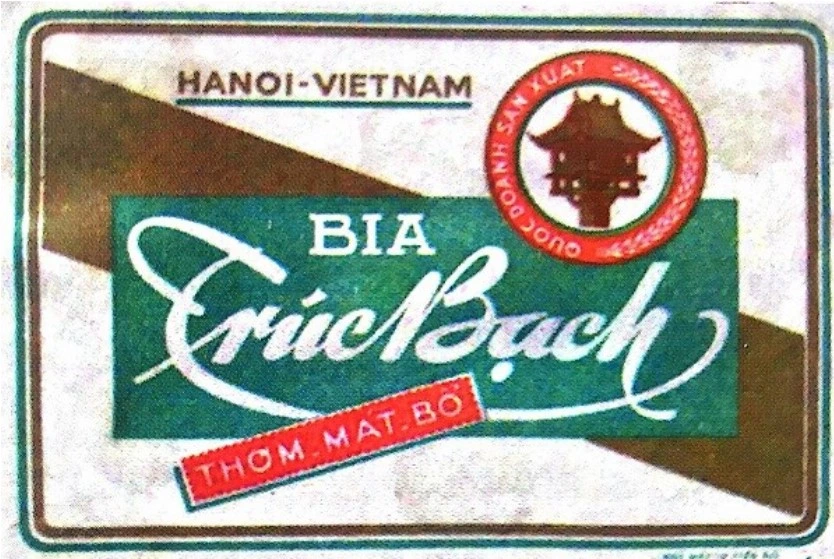
This achievement is celebrated in the propaganda, with August 15 designated as ‘Nhà máy Bia Hà Nội’—the Day of the Brewery of Hanoi.
I found traces of another beer brand called Hữu Nghị (Friendship), which was reportedly produced occasionally in Hanoi in later years for visits by important international guests, though details about it remain scarce.
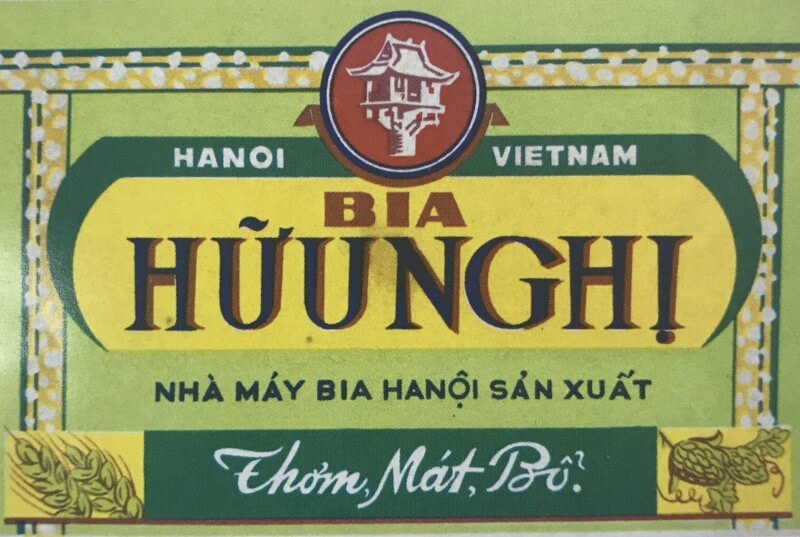
A second wave of modernization, this time supported by East Germany, significantly expanded the brewery’s capacity to 30 million liters per year by 1983. To mark this milestone, the brewery was renamed the Hanoi Beer Company.
It wasn’t until 2003 that the company adopted its current name, HABECO, an abbreviation of Bia – Rượu – Nước Giải Khát Hà Nội (Hanoi Beer, Alcohol, and Beverage Company).
In the South: 333 and Sabeco
After the fall of Saigon in 1975, as mentioned in the previous article of this series, the Vietnamese authorities officially indemnified the BGI group following the nationalization of its assets in the South.
In 1977, the newly formed Saigon Beer Factory began official operations at BGI’s historic address on Nguyen Chi Thanh Street.
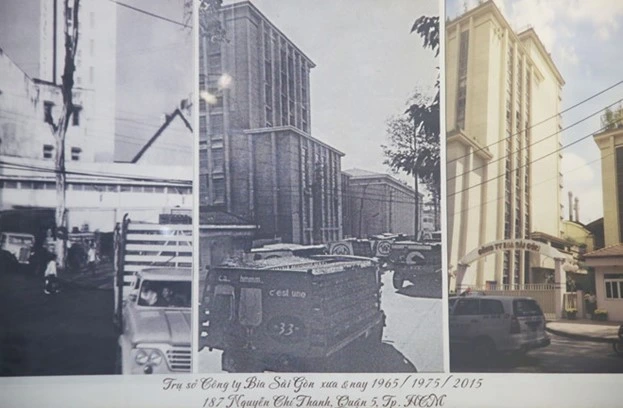
A challenge remained: the most popular beer in the South at the time was 33 Export, a brand that continued to be sold by BGI in various countries worldwide.
For trademark reasons, the Saigon Beer Factory could not use the same name. To address this, the state-owned company introduced 333 Export Beer, which later became Vietnam’s first beer to be produced in cans in 1985.
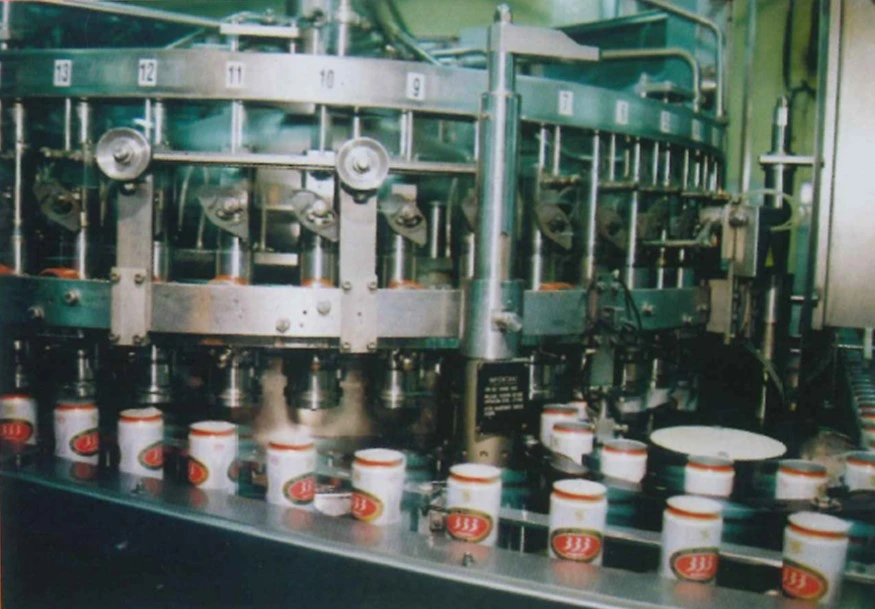
In 1993, the Saigon Beer Factory was officially renamed the Saigon Beer Company, and in 2003, it adopted its current name, SABECO.
2. Shortage, Bia Hơi, and Tiger Cage
The succession of names and dates in historical accounts is interesting, but it often fails to capture the reality of drinking beer during the “subsidy years” in Vietnam.
To do so, we need to set aside beer bottle labels and brands and remember that most of the beer produced by nationalized factories during this time was served as draft beer. The true “king” of that period was the iconic bia hơi—a fresh beer served and consumed almost immediately after production.
I will attempt to bring to life how Vietnamese people enjoyed bia hơi during the 1980’s by focusing on three terms closely tied to that era.
Bia Chuồng Cọp (Tiger Cage Beer)
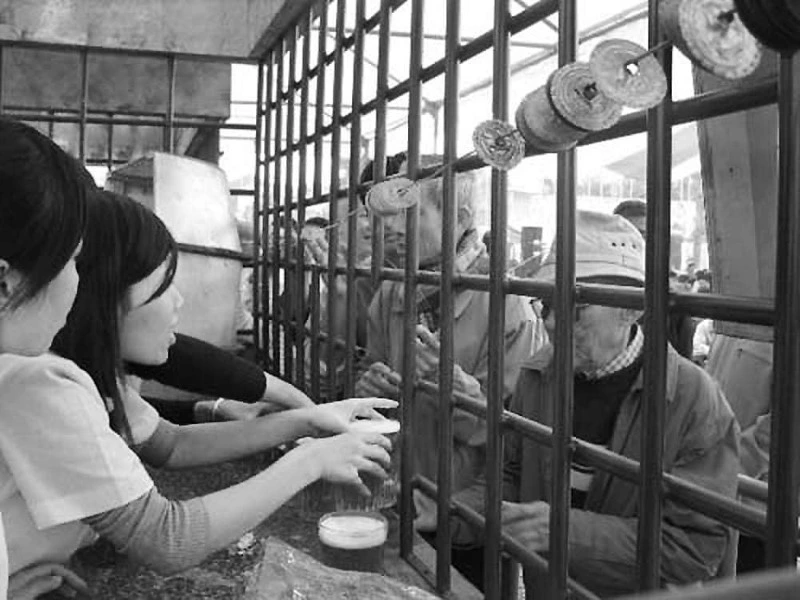
It’s important to first understand that the years following Vietnam’s reunification were marked by shortages and rationing, and beer was no exception.
Drinking beer often meant waiting in line for hours just to be allowed to buy a maximum of two cups at government-managed “beer stations,” known as Bãi bia. If you were unlucky, you might wait in line only to hear the vendor say, “đã hết”—meaning “sold out.”
In this context, it’s no surprise that line-cutting became a serious issue, sometimes leading to fights.
To address this problem, fences and barriers were installed at beer stations, which earned them the nickname Bia Chuồng Cọp, or “tiger cage beer.”
Đồ Nhắm and Lạc Rang
This period also marked the time when “Đồ Nhắm”—snacks—became almost systematically associated with beer, a tradition that has since become an integral part of Vietnam’s beer culture.
If we had to highlight just one of these snacks, it would undoubtedly be lạc rang—roasted peanuts.
Unlike other snacks, such as papaya salad or rice crackers, which were traditionally sold by street vendors—often children—these peanuts were sold in “bundles” directly by the beer stations themselves. This allowed employees to make a small but necessary off-the-books profit.
Cốc Vại
Although beer was mainly served on draft, proper glassware was not widely available. Most people drank from cups originally intended for water or tea.
To address this issue, in 1976, the Vietnamese Central Cooperative Union of Handicrafts and Small Industries commissioned a young industrial designer named Lê Huy Văn, who had studied in East Germany, to create a dedicated beer glass.
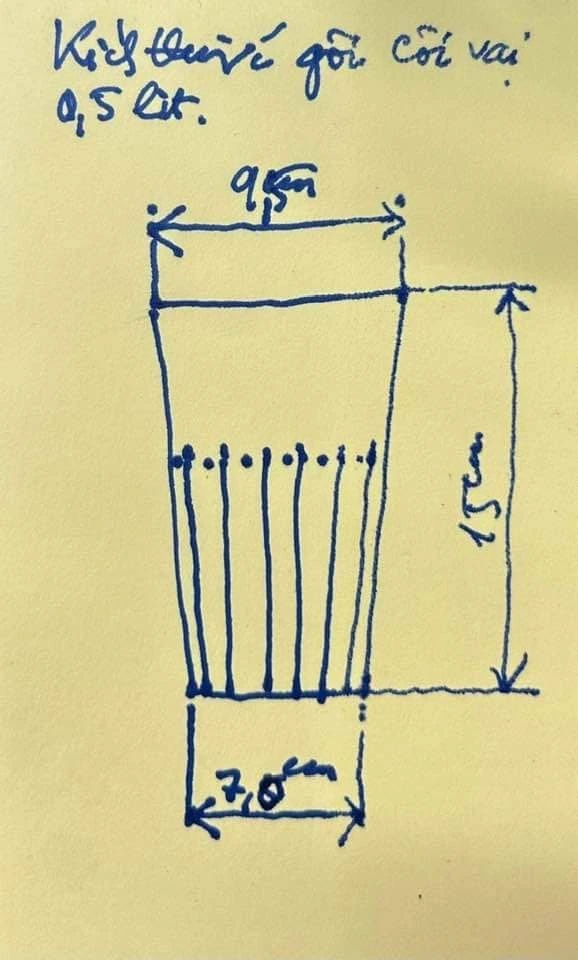
In just about an hour, he designed what would become an iconic beer glass in Hanoi. The glass featured a thick base and a wide mouth, ensuring stability on shaky tables, easy stacking. More importantly, it was recyclable.
The glass could hold 0.5 liters—a practical size that reduced the need for constant refills, which often meant waiting in line again.
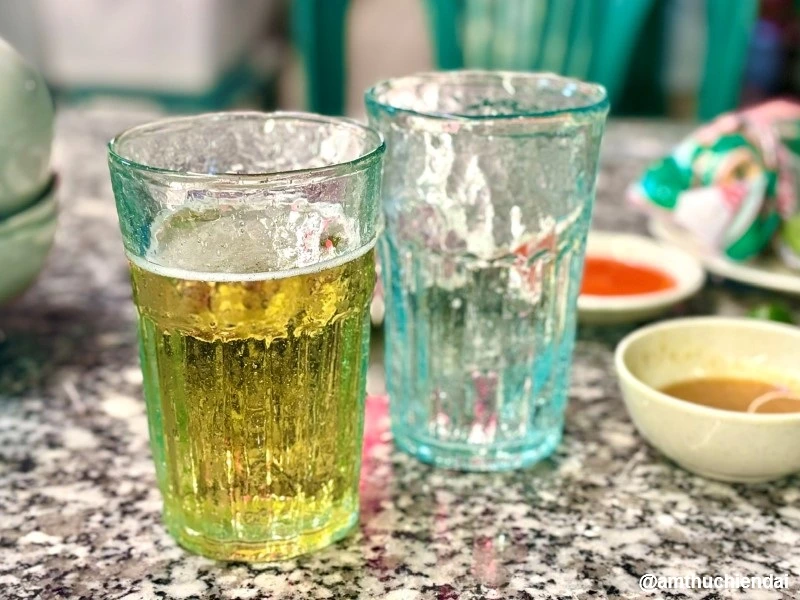
That said, the big picture from this period is one of restriction for the vast majority of the Vietnamese population and overall stagnation for the beer industry itself. Everything changed with the introduction of the Đổi Mới policy in 1986.
To be continued…
A History of Beer in Vietnam 🍺
- Part 1: The Early Days
- Part 2: Colonial Capitalism
- Part 3: The War for Independence and the Nationalizations
- Part 4: Brewing in a Socialist Economy
- Part 5: Đổi Mới—The Golden Opportunity for Multinational Firms
